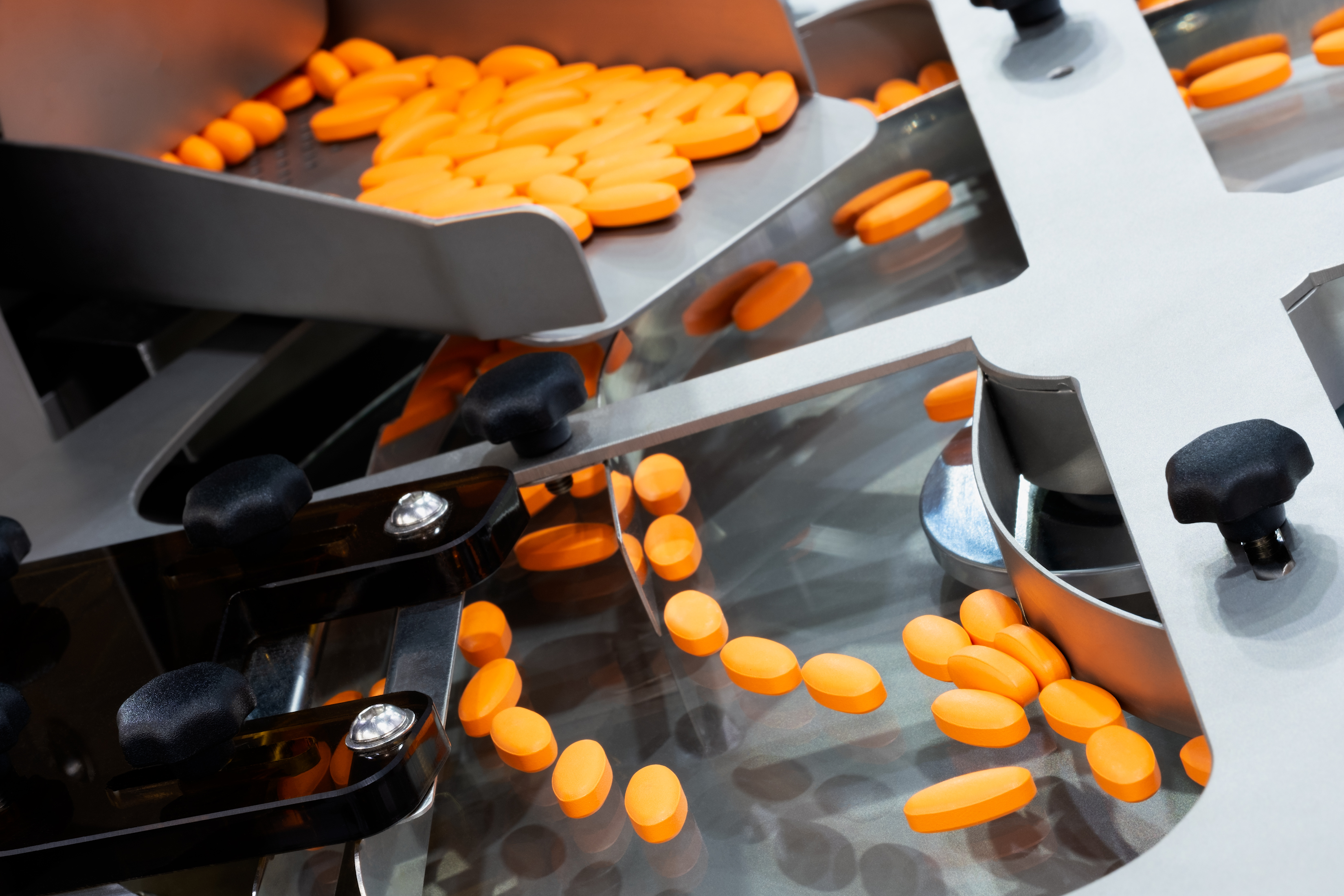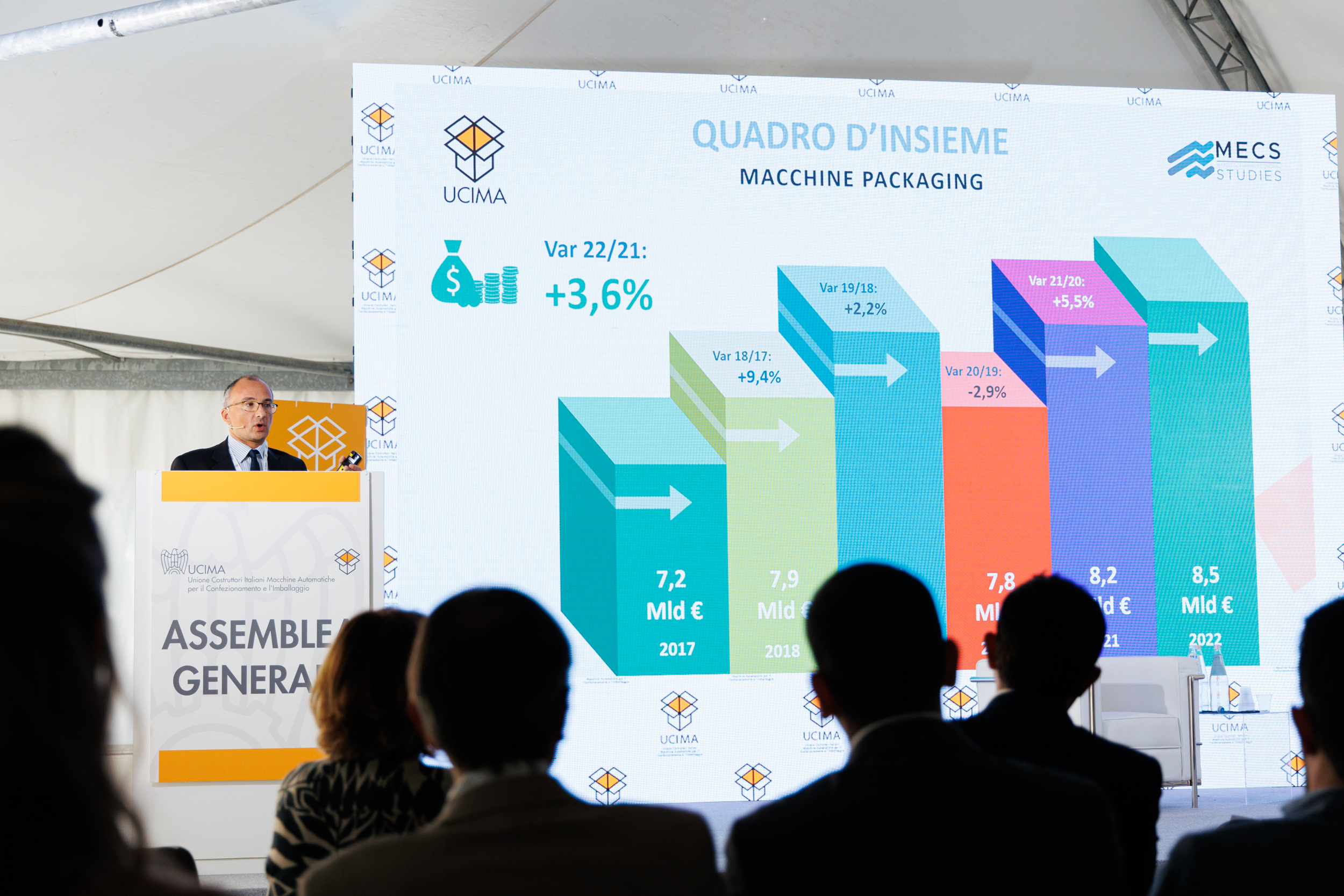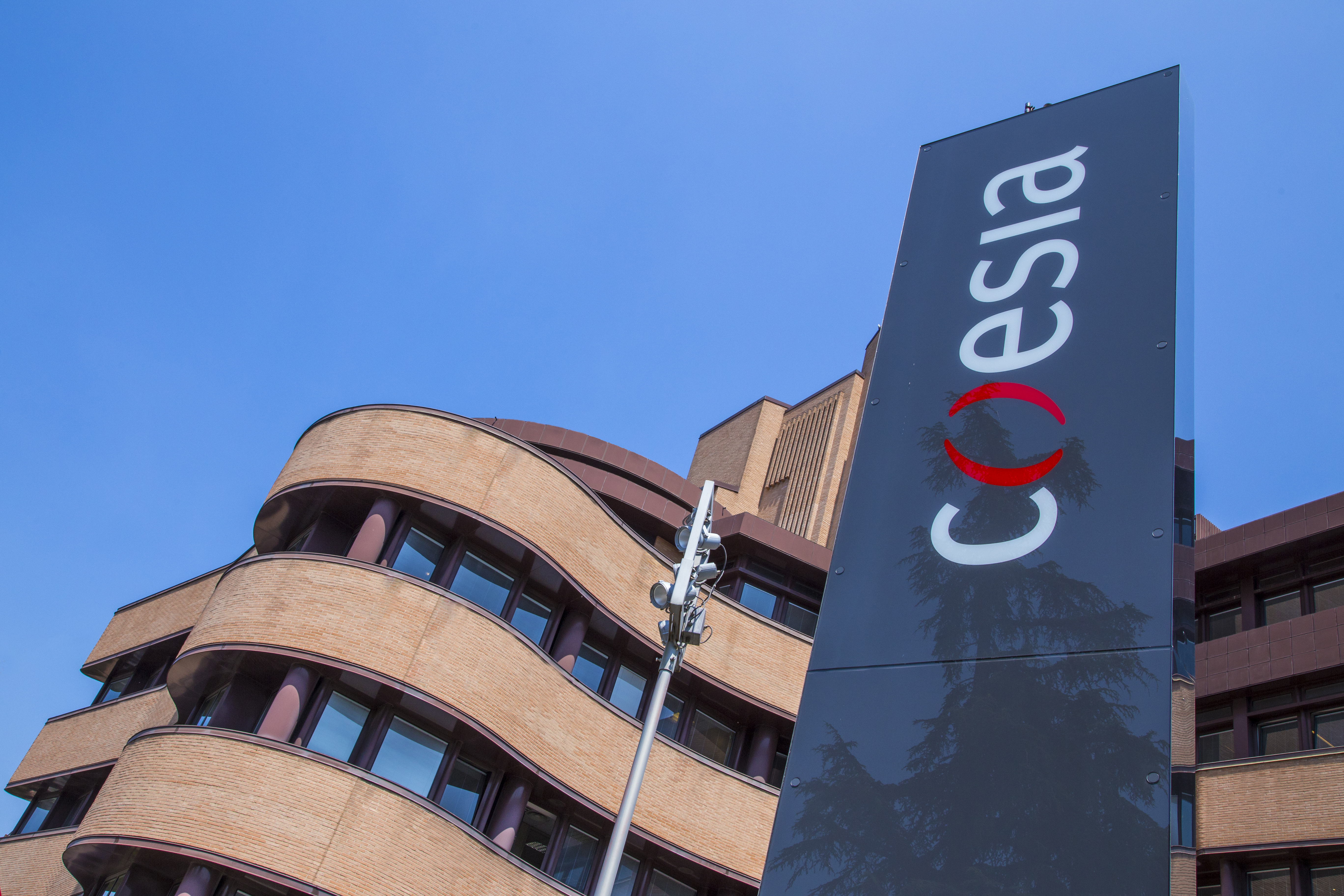Pharmaceutical packaging plays a strategic role in both maintaining integrity of active ingredients and managing product communication, which is vital in the pharmaceuticals industry not only for informing consumers but also to guarantee safety.Indeed, while the purpose of primary packaging such as blister packs is to preserve the drug, the secondary packaging must provide, clearly and comprehensively, all the necessary information, and must be made of tried and tested materials with established solidity, resistance, and printability. Primary and secondary packaging play, essentially, such a key role that the industry is required to project the industry towards new, sustainable materials, whether plastic or paper, compatible with quality and regulatory requirements.
Despite WHO recommendations, lawmakers are still reluctant to introduce new materials; manufacturers, though, are working on tests to ascertain what safety margins can be guaranteed by the green packaging revolution if applied in the pharma world.
However, there is no shortage of successful attempts to introduce recycled plastic for the parts not in contact with the product, to develop paper-based blister solutions that exploit innovative barrier properties, and to use either recycled paper or paper with recycled content or made from renewable sources in secondary packaging.
Finally, one other area on the distant horizon but about which the conversation has begun is the gradual replacement of paper CMI leaflets. Thanks to growing digital literacy among consumers, the introduction of smart packaging solutions already used in markets such as food and beverage is becoming increasingly possible. These interactive solutions will also be adoptable in the future in crucial industries such as pharmaceuticals, providing benefits including less waste and fewer emissions.
The matter is explored in more detail in online newspaper. Click here.
.png)
.png)
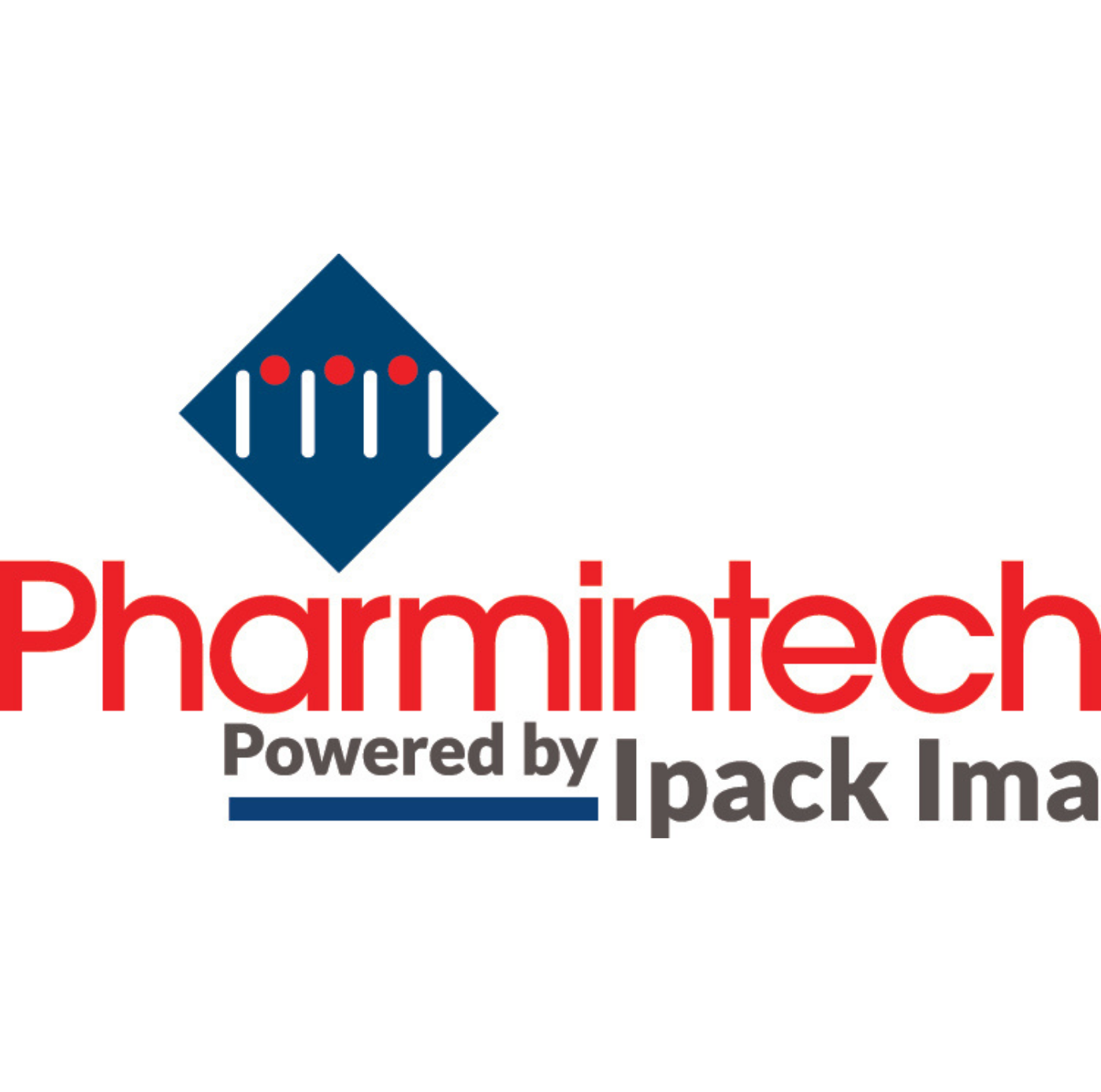
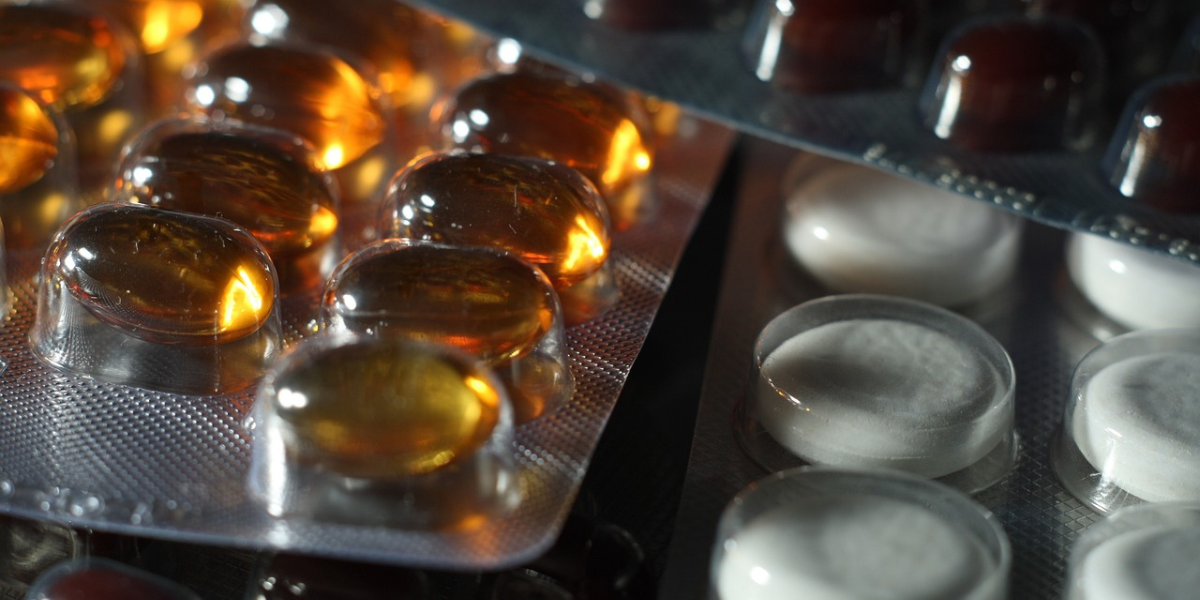
1.png)
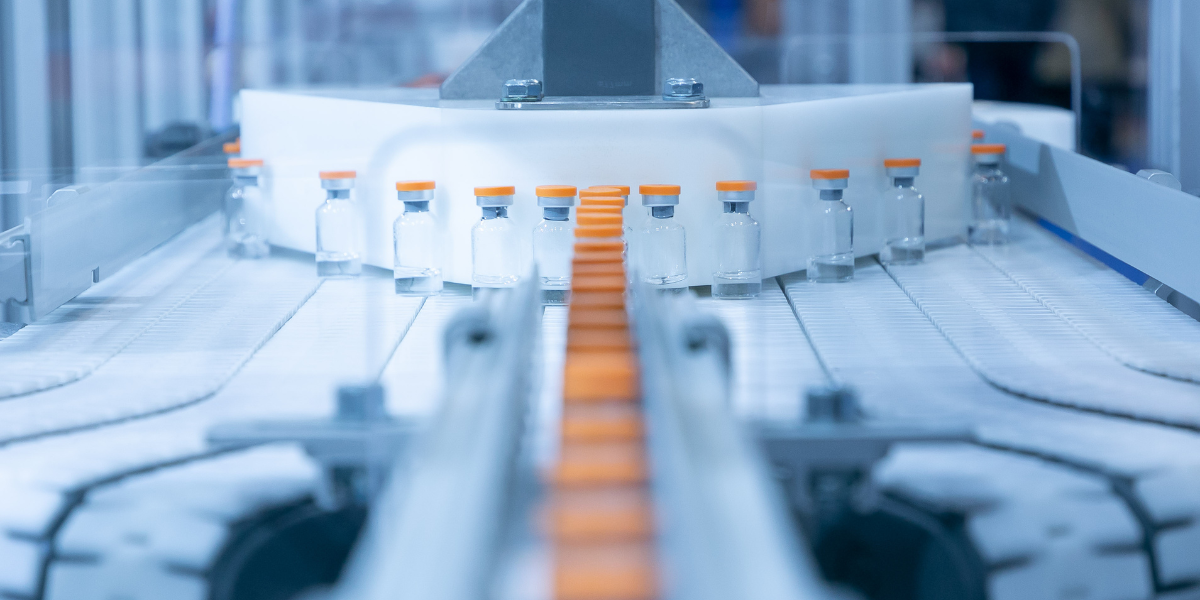

.png)
.png)

.png)

